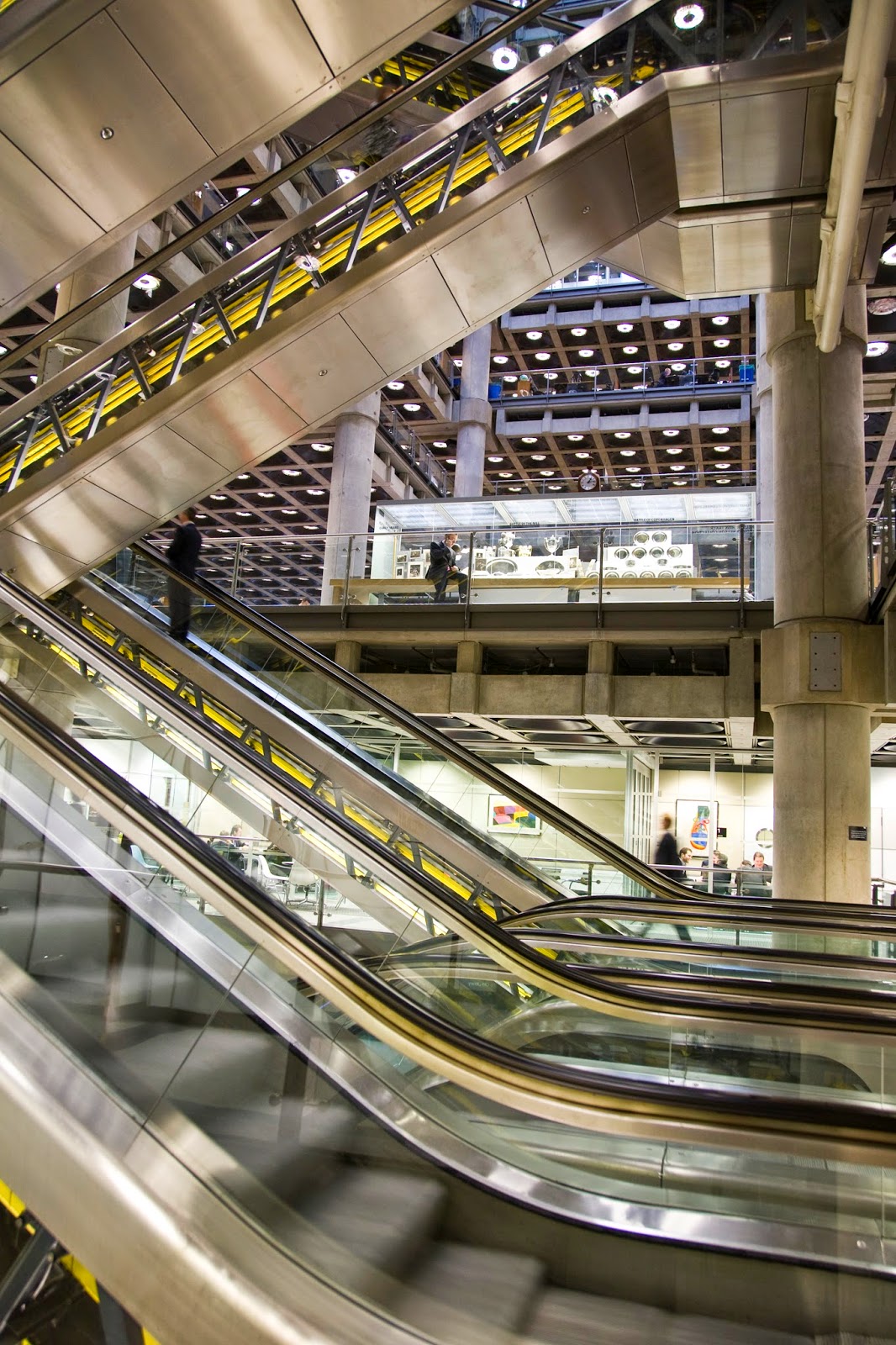THE FIRST WELL
There once
was a small kingdom around a lake. One very hot summer, it did
not rain and
the lake dried up. People grew anxious and went to the King. “It
has not
rained for so long. Our fields are barren!” said the farmers. “There
are no fish
to catch. How shall we earn a living?” asked the fishermen. “Save
us from
disaster, good King,” urged the women, as their children cried with
thirst.
The King
sent his four generals in all directions to look for water. The first
general went
east, towards the sunrise; the second went south, to the dust
and heat;
the third went west, where the sun sets; and the fourth followed
the North
Star.
They
searched day and night, night and day; high and low they searched
everywhere,
but in vain. Three of the generals returned, empty-handed. But
the general
who had gone north was determined not to fail his King. At last,
he reached a
cold mountain village.
As he sat at
the foot of the mountain, an old woman came by and sat next
to him. The
general pointed at the horizon and said, “I belong to a beautiful
kingdom,
where it has not rained for a whole year. Can you help me find
water?”
The woman
motioned the general to follow her up the mountain and into a
cave. “We
have no water in our country either,” she said. Then, pointing to
the icicles
in the cave, she continued: “We call this ice. Take some, and your
kingdom will
never go thirsty again.” The general broke off a huge piece,
loaded it
onto his horse-cart and rushed back home.
By the time
he reached the court, the enormous icicle had melted into a small
lump of ice.
Nobody in the court had ever seen ice, so everybody gazed at it
with wonder.
“This must be a water-seed!” one of the ministers exclaimed
suddenly.
The King ordered the ‘water-seed’ to be sowed immediately.
While the
farmers dug a hole, the lump dwindled in the sun. They swiftly
placed the
seed in the hole, but before they could cover it up, it had vanished.
The farmers
there grew confused and worried. They dug deeper and deeper
into the
earth, all night long, looking for the mysterious seed.
At the break
of dawn, the King found the farmers fast asleep around a hole.
Curious, he
peeped in and cried out in amazement: “Wake up, my worthy
men – the
water-seed has sprouted! There’s water in the hole!” This is how
the first
well was created.
Source :www.bookbox.com





